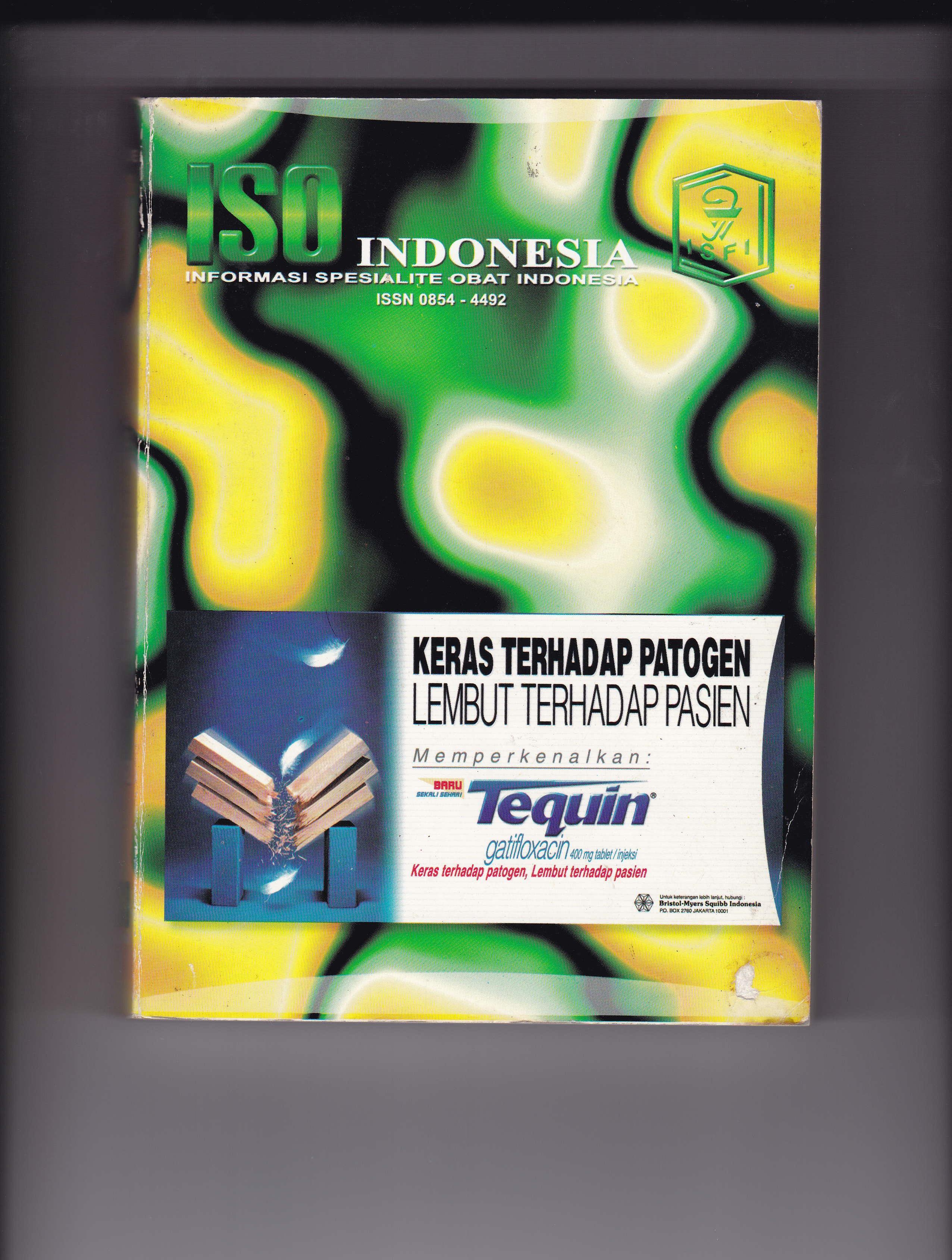Preventing contamination with problematic chemical compounds in food, from 'plant to plate and meat to meal', begins with an understanding of the food production and processing chain as well as relevant issues in toxicology and risk management. The diversity in origin and structure of unwanted chemical substances means that combating chemical contaminants in food needs a good understanding of science in a number of disciplines as well as the regulatory processes designed to minimise risks to a world population increasingly exposed through international trade. This book covers the basic and applied science needed to understand, analyse and take professional action on problems and questions concerning chemical food safety, from acute to long lasting problems that call for interventions on a local, regional, national or international level. Risk assessment is explained in the context of targeted future risk management and risk communication. The book follows problematic chemical compounds through production and processing of foods of plant, fungal, algal or animal origin, including oral exposure and intestinal absorption of such contaminants. The aim is to reach a harmonized level of understanding of all aspects of chemical food safety, so as to make the graduated student ready for work in all sectors related to food and its production.
This book covers the basic and applied science needed to understand, analyse and take professional action on problems and questions concerning chemical food safety, from acute to long lasting problems that call for interventions on a local, ...










